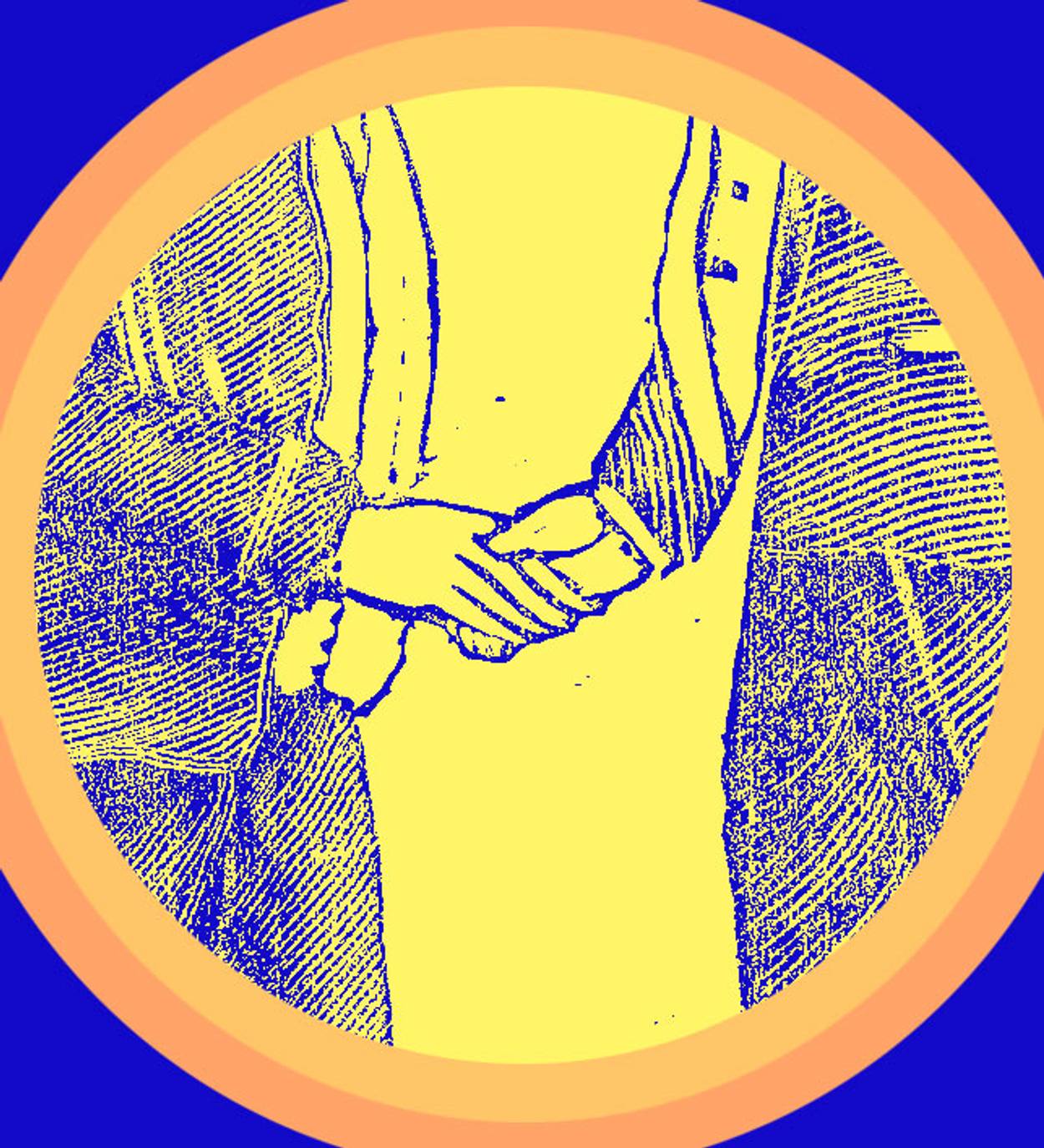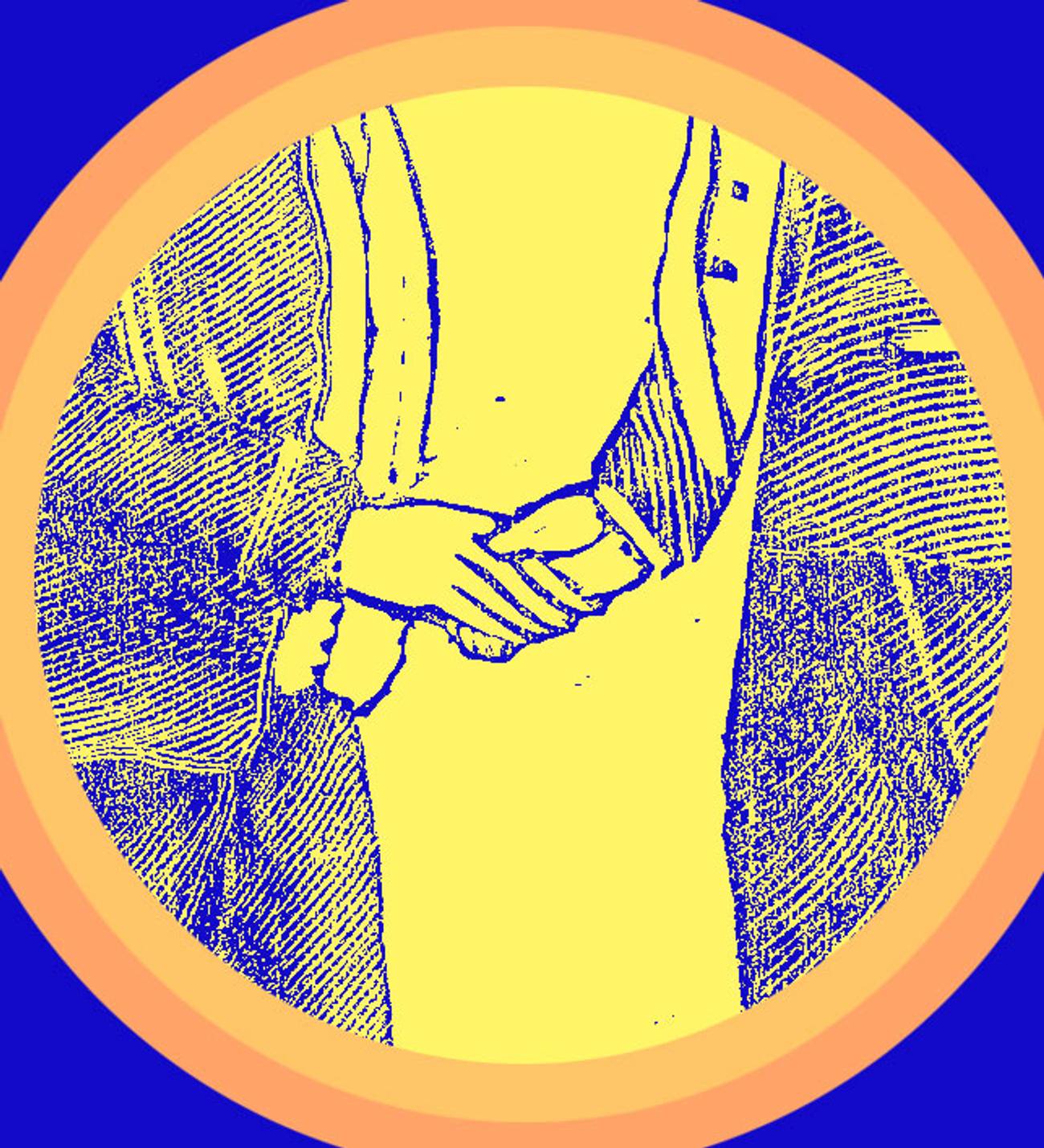Greetings, Earthlings
What do you do when you meet a friend? The Talmud offers surprising answers.




Over the past month the simple greeting ritual of extending a handshake has turned from a sign of friendship to become a threat of a biological attack. This is ironic considering that the handshake originated in ancient Greece as a sign of peace, each person showing that he holds no weapon in his right hand. Grabbing hands and shaking may have developed to create a tactile connection, or perhaps to shake out a possible dagger up one’s sleeve. The Romans, sure enough, greeted each other with a forearm hold precisely to check for a hidden blade.
The current viral outbreak leaves many of us flailing our arms as we navigate a world without the ubiquitous and firmly entrenched handshake. Fist bumps have been on the rise, originated by boxers and made famous by Barack and Michelle. However, for fear of even knuckles touching, the elbow bump has been pushing its way in with awkward results.
Other cultures offer alternative traditional greeting gestures: Ethiopians touch shoulders; Congolese touch foreheads; New Zealanders rub noses; Europeans kiss on both cheeks; soldiers salute, teens high-five; and surfer dudes jiggle a shaka hand. Some of these rituals are more hygienic than others, but this diversity should prompt us to wonder what is the most Jewish greeting?
Biblical figures most commonly display respect through prostration. Abraham greets his angelic guests with a bow, just as he does when he approaches the Hittites to offer to buy a grave plot. Jacob pacifies his brother with seven bows to the ground culminating in an embrace, falling on his neck, and a kiss. Haman gets so insulted at Mordechai’s refusal to bow that he plans genocide in retaliation. However, considering that bowing was practiced by other ancient peoples and by modern Asians, this, too, is not a uniquely Jewish form of greeting.
Turning to the Talmud, Bavli Shabbat 13a tells of a surprisingly salacious salutation:
When Ulla would come from the house of his teacher, he would kiss his sisters on their chests. And some say: On their hands.
This third-century sage in the Land of Israel also taught an opposite tradition that any physical contact with any woman besides one’s wife is prohibited as a safeguard. Yet, he permitted himself to kiss his sisters’ breasts without worry of sexual intention, perhaps as an appreciation of their nurturing qualities. Thankfully, other transmitters remembered a much more gentlemanly kissing of their hands.
Kissing of hands has become widespread as a sign of respect to sages, the pope, the godfather, and parents on Shabbat evenings as they bless their children. But even this custom is not uniquely Jewish considering that Rabbi Akiva praised the Medes for kissing others on the backs of their hands (Bavli Berakhot 8b).
Perhaps the one unique Jewish greeting is the one now better known as the Vulcan salute. When Mr. Spock, played by Leonard Nimoy, visits his home planet Vulcan, the writers of Star Trek searched for a greeting ritual appropriate for the alien humanoid species. Nimoy remembered peeking as a child under the prayer shawls of the kohanim in synagogue as they recited the priestly blessing. Nimoy’s father had instructed Leonard not to look at the hands of the kohanim because the indwelling of God’s presence rested upon them. The splits between the fingers were imagined to be conduits through which God would be “peering through the lattice” (Song of Songs 2:9). Nimoy found the whole ritual of the kohanim chanting verses with their prayer shawls over their heads and outstretched hands to be “chilling, spooky and cool.” He recommended that the Vulcan salute copy the hand gesture of the kohanim shaped as the Hebrew letter shin, standing for God’s name, Shaddai.
This sign was especially pertinent for Nimoy, who personally identified with the character of the half-Vulcan Spock who was bullied and misunderstood by both Vulcans and humans. In his autobiography, I Am Spock, Nimoy recalls his feelings as an 8-year-old growing up in Boston:
Who among us does not understand what it is to be an outsider, separate? Even at that tender age, I did. I was a Jewish kid living in a mostly Italian neighborhood. Many of my close friends were Italian, but I learned early on that I was somehow “different” from them. Our friendships stopped at the church door.
Spock and his Vulcan salute were eventually fully embraced by Trekkies, as were Jews in America. The proper response to “Live long and prosper” is, of course, “Peace and long life.” These phrases, as well as the common Hebrew “shalom aleichem,” encode the essence of the priestly blessing for protection, divine grace, and peace. If we are looking for a salubrious salutation that is both holy and hygienic, we would do well to adopt the priestly blessing turned Vulcan salute. During this period of collective anxiety, let us hope together for health, life, protection, and peace.
Rabbi Dr. Richard Hidary is a professor of Judaic Studies at Yeshiva University, a rabbi at Sephardic Synagogue, and a faculty member for the Wexner Heritage Program. He was recently a Starr fellow at Harvard University’s Center for Jewish Studies and a Clal - LEAP fellow at the Katz Center for Advanced Jewish Studies, University of Pennsylvania. He is the author of Dispute for the Sake of Heaven: Legal Pluralism in the Talmud (Brown University Press, 2010) and Rabbis and Classical Rhetoric: Sophistic Education and Oratory in the Talmud and Midrash (Cambridge University Press, 2018). He is currently writing a new translation and commentary on tractate Sanhedrin and recording daf yomi classes (available on YouTube). He also runs the websites teachtorah.org, pizmonim.org, and rabbinics.org.